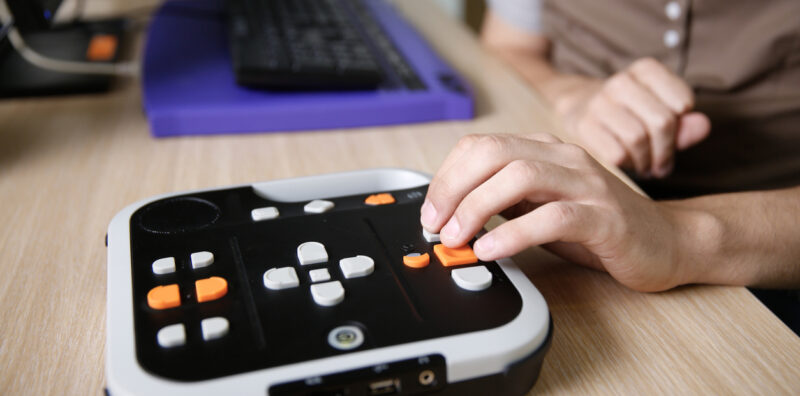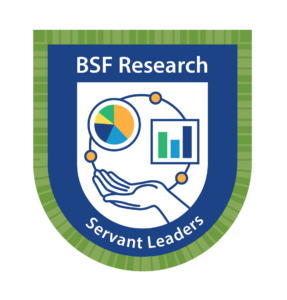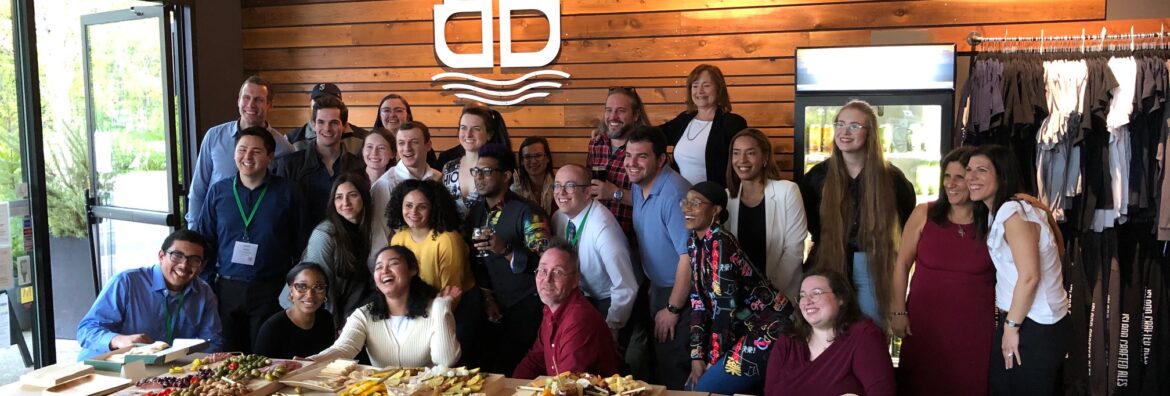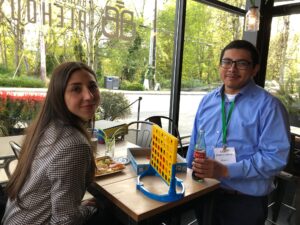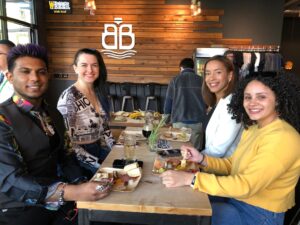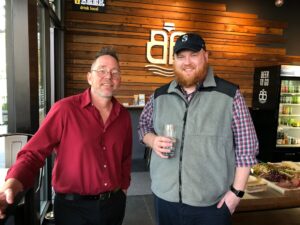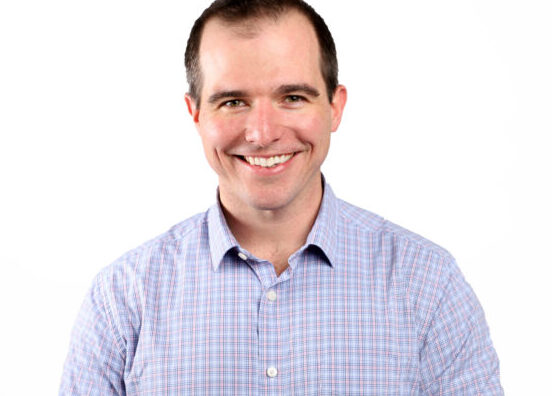An estimated 54 million Americans have at least one disability, making disabled individuals the largest minority group in the country (Disability Funders Network, n.d.). So when we talk about diversity, equity, and inclusion (DEI), why is disability so often left out of the conversation?
In 2020, only 27.5% of the largest U.S. companies had public-facing action related to including people with disabilities (Donovan, 2020). DEI initiatives and topics often leave out disabled individuals (Casey, 2021). It can be difficult to discuss a topic that has so many complexities and nuances, even down to its definition. There is no one universal definition of disability, complicating whether or not an individual will view themselves as disabled (Grue, 2016). Even if someone does identify as disabled or as having a disability, there are further nuances within the disability community.
For instance, some disabled people prefer identity-first language (Andrews, 2019), while others prefer person-first language (Crocker & Smith 2019), and general advice is to ask the individual one is referring to for their preference (Dunn & Andrews 2015). Disabilities can be acquired at any point in one’s life, meaning some individuals are born with a disability and others acquire a disability (World Health Organization, 2021). Some disabilities are visible and some are concealable (Grue, 2016). It can be hard to speak about the needs and struggles of such a diverse group of people.
However, talking about disability is vital in today’s workplace. COVID is estimated to have resulted in 1.2 million more disabled people in the United States in 2021 due to complications of the virus and conditions like long COVID (Roberts et al., 2022). The number of people with disabilities is rising in general, due to factors including increases in chronic health conditions and overall population aging (World Health Organization, 2021). Finally, researchers are increasingly viewing disability as a social-political group and examining social and cultural models of disability instead of simply medical models (Grue, 2016).
It can be intimidating to initiate conversations in your organization about complex identities. However, these conversations will eventually happen – it is simply a matter of when. Businesses should be proactive in starting these talks. There are plenty of disability organizations and activists that provide resources, workshops, and training on inclusivity. Documents like the Research & Training Center on Independent Living’s Guidelines: How to Write About People with Disabilities can serve as a reference in how to talk and write about people with disabilities (The University of Kansas, 2020). It is also recommended to include people with disabilities in designing and implementing any program or event that discusses disability. While some disabled individuals may offer input and volunteer to assist, people with disabilities should not be expected to design an event without any form of compensation. Further, while it is important to be open about the importance of accessibility, businesses should avoid “disability simulations” that are intended to empathize with the difficulties that disabled people experience (Pulrang, 2021). Simulations such as blindfolding a person to describe the challenges of blind people or requiring individuals to use wheelchairs for a day can treat disability as a costume.
The advice for these conversations is often simple: be teachable. Non-disabled individuals who are newly learning about disability-related topics are likely to make mistakes or use the wrong wording. Allow disabled individuals to challenge and correct information, assumptions, or language. Welcome constructive criticism without becoming defensive. Amplify disabled voices and perspectives.
In an age where so many companies avoid the topic of disability together, stand out by telling your employees and consumers with disabilities that they’re welcome in your organization.
~ Nikita Williams is an I/O Psychology graduate student and gothamCulture intern
References:
Andrews, E. E., Forber-Pratt, A. J., Mona, L. R., Lund, E. M., Pilarski, C. R., & Balter, R.(2019). # SaytheWord: A disability culture commentary on the erasure of “disability”.Rehabilitation Psychology, 64(2), 111.
Casey, C. (2021, September 13). Do your D&I efforts include people with disabilities? Harvard Business Review. Retrieved April 15, 2022, from https://hbr.org/2020/03/do-your-di-efforts-include-people-with-disabilities
Crocker, A. F., & Smith, S. N. (2019). Person-first language: are we practicing what we preach?. Journal of multidisciplinary healthcare, 12, 125.
Disability Funders Network. (n.d.). Disability stats and facts. Disability Funders Network. Retrieved April 15, 2022, from https://www.disabilityfunders.org/disability-stats-and-facts
Donovan, R. (2020). 2020 Annual Report: The Global Economics of Disability. Return on Disability. Retrieved April 15, 2022.
Dunn, D. S., & Andrews, E. E. (2015). Person-first and identity-first language: Developing psychologists’ cultural competence using disability language. American Psychologist,70(3), 255.
Grue, J. (2016). The social meaning of disability: A reflection on categorization, stigma, and identity. Sociology of Health & Illness, 38(6), 957-964.
Pulrang, A. (2021, August 27). 3 mistakes to avoid when including disability in your DEI programs. Forbes. Retrieved April 15, 2022, from https://www.forbes.com/sites/andrewpulrang/2021/08/27/3-mistakes-to-avoid-when-including-disability-in-your-dei-programs/?sh=118807c629aa
Roberts, L., Ives-Rublee, M., & Khattar, R. (2022, February 9). Covid-19 likely resulted in 1.2 million more disabled people by the end of 2021-workplaces and policy will need to adapt. Center for American Progress. Retrieved April 15, 2022, from https://www.americanprogress.org/article/covid-19-likely-resulted-in-1-2-million-more-disabled-people-by-the-end-of-2021-workplaces-and-policy-will-need-to-adapt/
The University of Kansas. (2020). Guidelines. Research & Training Center on Independent Living. Retrieved April 15, 2022, from https://rtcil.org/guidelines
World Health Organization. (2021, November 24). Disability and health. World Health Organization. Retrieved April 15, 2022, from https://www.who.int/news-room/fact-sheets/detail/disability-and-health

